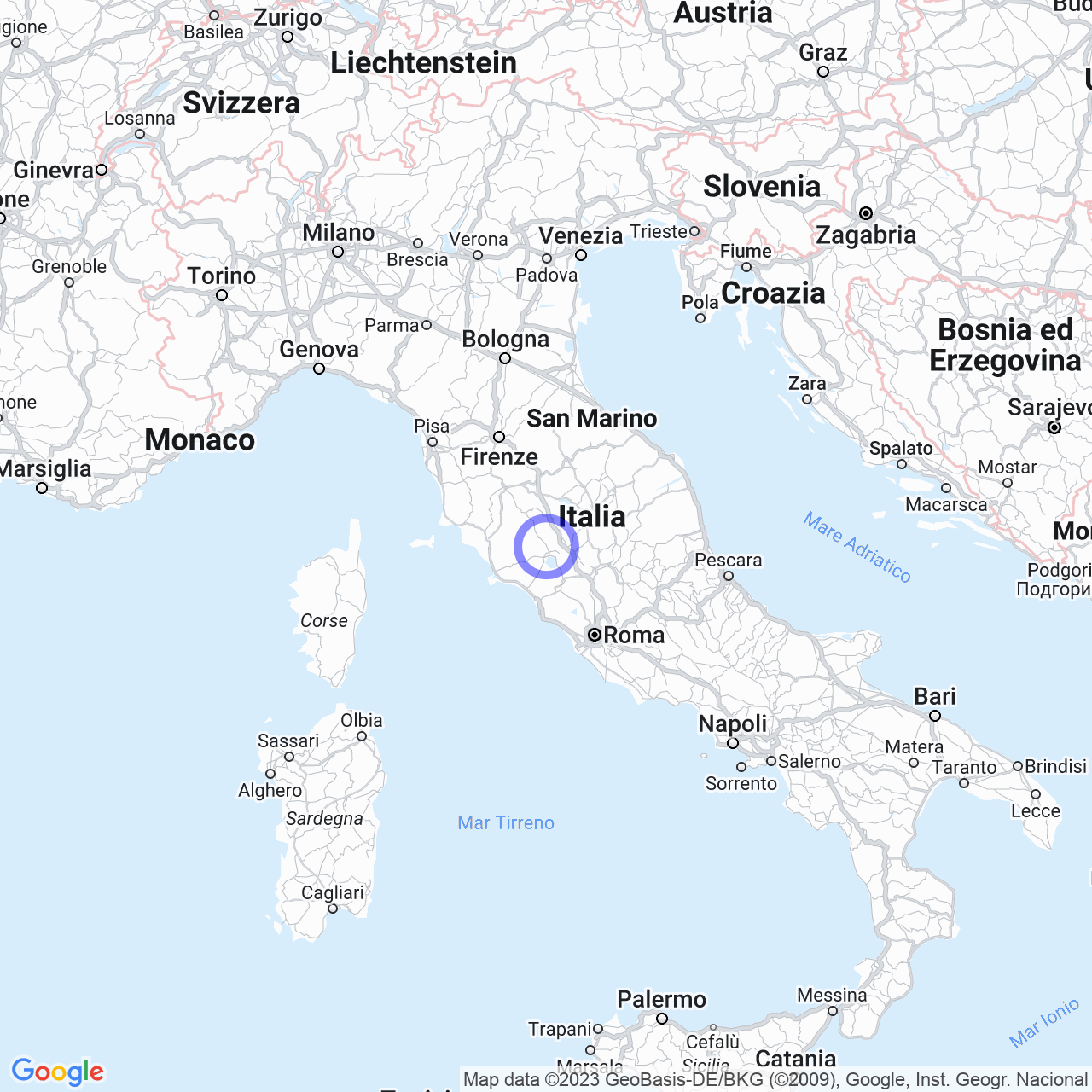Acquapendente
Acquapendente: welcome to the small town on the border of three regions
Acquapendente is an Italian municipality located on the border of the Lazio, Tuscany, and Umbria regions. The town, with its 5,290 inhabitants, is famous for its small waterfalls that flow into the Paglia river and its connection to the pilgrimage route of the Via Francigena. Let's discover together the physical geography and history of Acquapendente.

Physical Geography
Territory
Acquapendente is located in the extreme north of Lazio, just over ten kilometers from Lake Bolsena. The municipality is crossed by the Cassia road and borders with Tuscany and Umbria. The town is situated in a border area and shares with other Lazio municipalities the peculiarity of bordering with more than one region different from its own. The municipal territory is characterized by the presence of Mount Rufeno, where the Monte Rufeno Nature Reserve is located, and by the Paglia river.
Climate
The climate in Acquapendente is characterized by hot summers and cold winters. The north wind (Tramontana) is very common and the presence of the Paglia river often leads to the formation of fog in winter mornings. Rainfall is more frequent in autumn and spring. Snow, although very rare, can fall in large quantities.
History
The history of Acquapendente dates back to the Etruscan and Roman eras, but its urban nucleus developed around the Santa Vittoria church between the 9th and 10th centuries. The strategic position on the Via Francigena made Acquapendente an important communication center, to the extent that Emperor Otto I resided there for a short time in 964. Subsequently, the town became part of the Patrimonium Sancti Petri and was placed in the diocese of Orvieto. At that time, the first wars also began between Orvieto and Acquapendente, which wanted to be subject to them. The town had reached a considerable importance due to its strategic position between the Marchesato of Tuscany and the State of the Church.
In the 12th century, Acquapendente extended over two small opposing hills, divided by the torrent of Rivo. On the right-hand side of the watercourse were the Abbey of the Holy Sepulchre, the castle, and perhaps a village that had grown up around the church of Santa Maria. On the left, instead, the settlement extended from the old Santa Vittoria church on the hills to a hill, at the foot of which was the gate that led to Siena.
Conclusions
Acquapendente is a town with ancient origins and unique charm, located in a very particular geographical position. The town is rich in history and natural beauties, including Mount Rufeno and the small waterfalls that give the city its name. There are also typical restaurants where you can taste traditional dishes and enjoy the hospitality of the locals. A visit to Acquapendente is the perfect opportunity to discover an enchanting place off the beaten tourist track.
